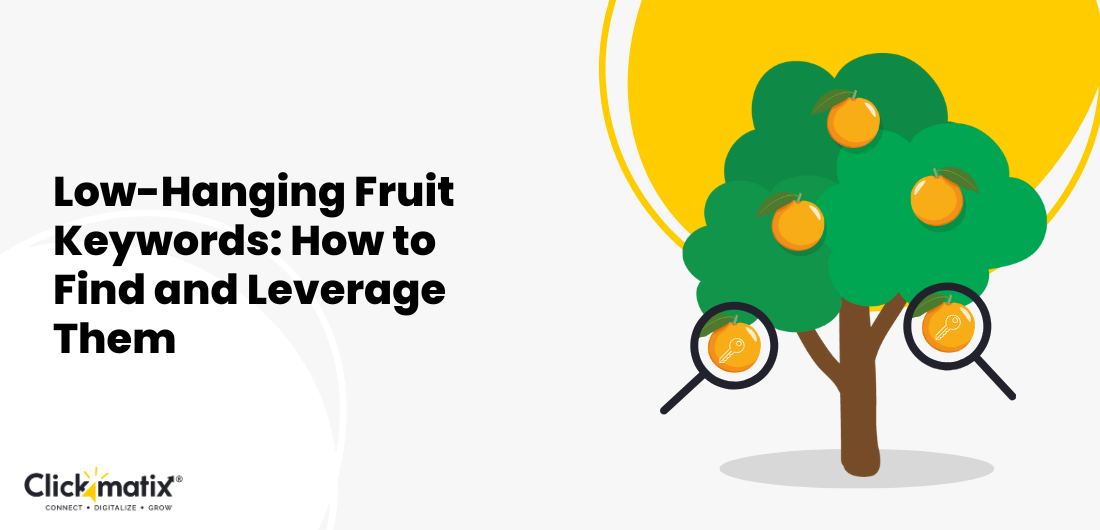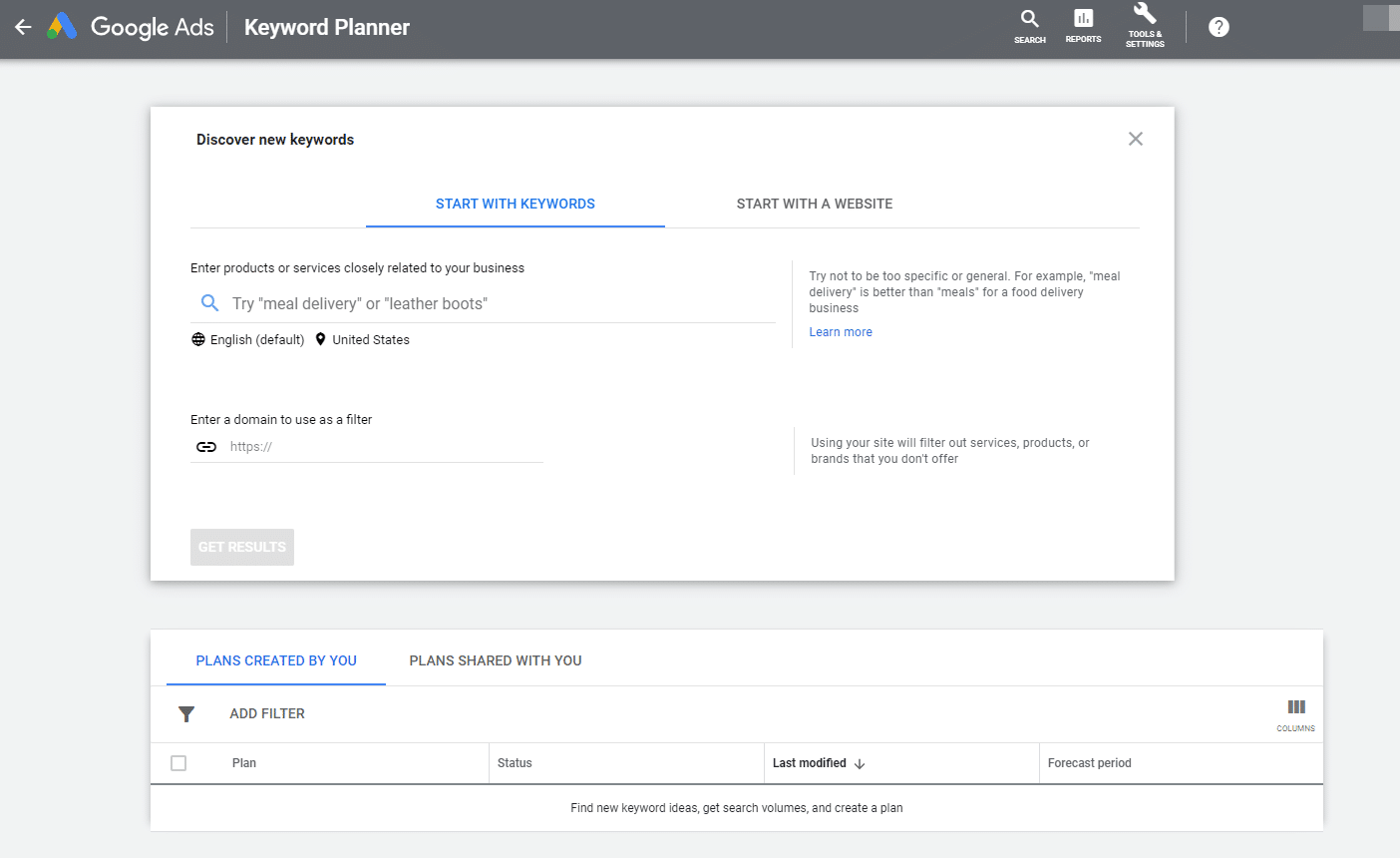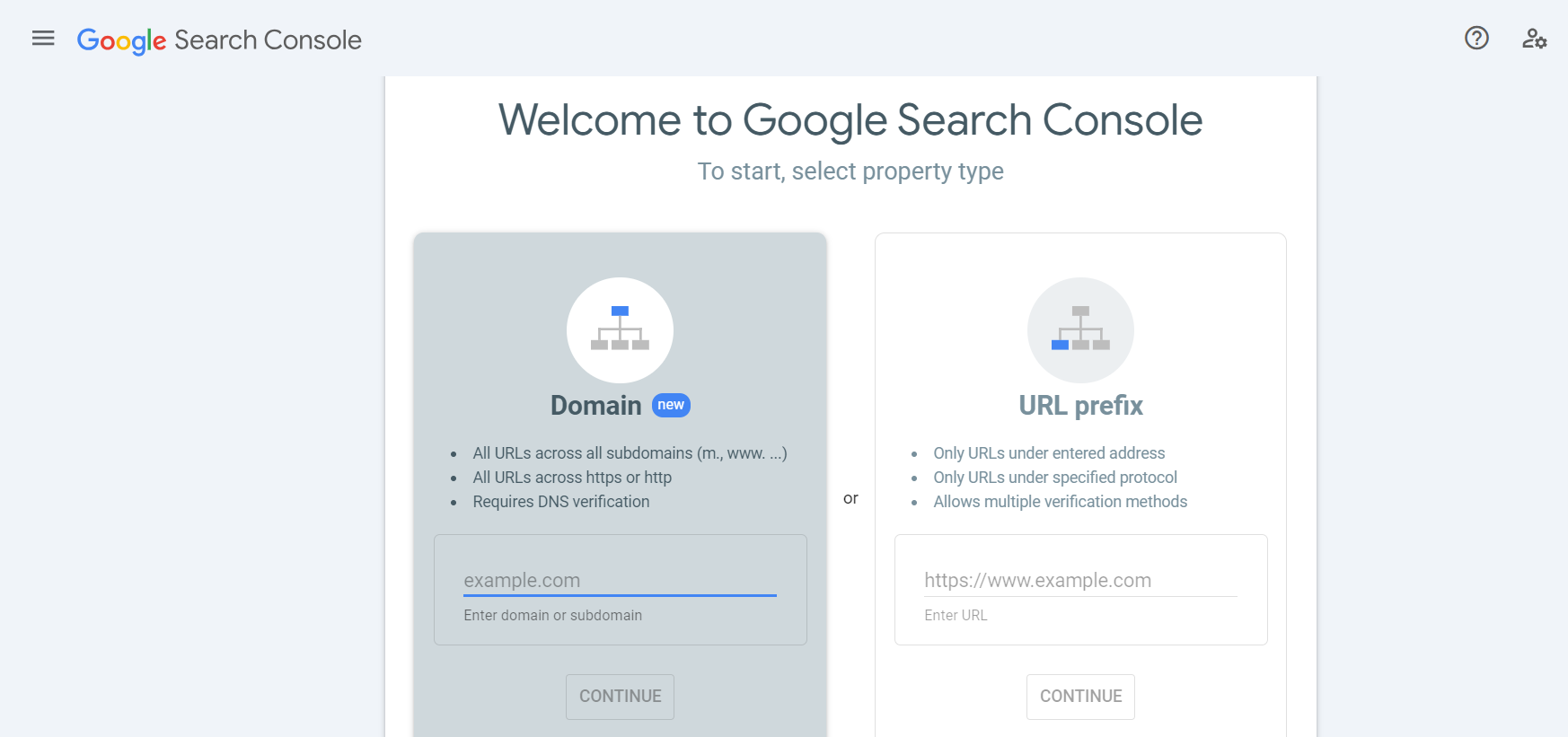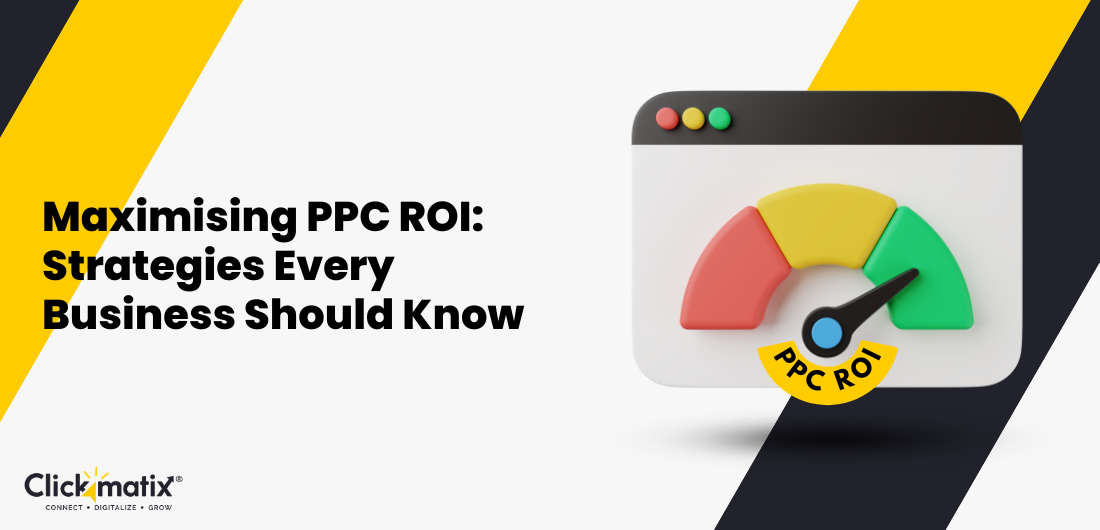
Ranking on Google’s first page is every business’s dream, but the battle for top spots is fierce. Australian businesses, especially those without massive budgets, often struggle to compete against industry giants dominating high-competition keywords.
This is where low-hanging fruit keywords come in—search terms with lower competition yet significant search intent. By strategically targeting these easy-to-rank keywords, businesses can boost their visibility, drive more traffic, and achieve better conversion rates without wasting resources.
So, how do you find and leverage these low-competitive keywords to maximise SEO success? Let’s break it down.

Understanding Low-Hanging Fruit Keywords
When it comes to SEO, businesses often chase high-volume, competitive keywords only to get lost in the noise. Low-hanging fruit keywords, however, offer a smarter, more strategic approach. These search terms are easier to rank for because they have less competition while maintaining a reasonable search volume. For businesses in Australia looking to enhance their online visibility, leveraging these keywords can be a game-changer.
What Are Low-Hanging Fruit Keywords?
Low-hanging fruit keywords are strategic, high-intent search terms that provide an opportunity to rank higher in search engine results with less effort. These keywords typically:
- Have lower competition: Fewer websites are actively optimising for them, making it easier to break into search rankings.
- Possess moderate to decent search volume: They may not drive massive traffic individually, but collectively, they can significantly boost a website’s visibility.
- Include high-intent keywords: Searchers using these terms are usually closer to taking action, whether it’s making a purchase, signing up for a newsletter, or booking a service.
- Are often long-tail keywords: These contain more words, making them specific and tailored to user intent, such as “best organic skincare for sensitive skin in Australia” instead of just “organic skincare.”
Unlike broad, high-competition keywords, these terms are more precise, less saturated, and easier to rank for, providing businesses with an advantage in their SEO efforts.
Benefits of Targeting Low-Hanging Fruit Keywords
Optimising for low-competitive keywords offers multiple advantages:
1. Faster Rankings
Because fewer competitors are targeting these terms, Google can rank your content higher relatively quickly, sometimes within weeks instead of months. This makes them an excellent choice for businesses seeking quick SEO wins.
2. Cost-Effective SEO Strategy
- Paid advertising for competitive keywords can be cost-prohibitive, especially for small businesses.
- Targeting low-hanging keywords allows businesses to gain organic visibility without high ad spend.
- A well-executed targeted content strategy can help capture untapped search traffic for free.
3. Better Engagement & Conversions
Users searching for featured snippet keywords and high-intent phrases often look for direct answers or solutions. By optimising for these keywords:
- Businesses can reduce bounce rates by providing exactly what the searcher is looking for.
- Content becomes more relevant and engaging, leading to higher dwell time.
- Pages are more likely to convert visitors into customers through sign-ups, purchases, or inquiries.
When leveraged correctly, these easy-to-rank keywords can drive consistent, qualified traffic while boosting brand authority—all without the constant battle of competing for saturated search terms.
Methods to Identify Low-Hanging Fruit Keywords
Finding low-hanging fruit keywords requires a mix of data analysis, competitor research, and strategic thinking. These keywords often hide in plain sight—they just need a little nudge to drive some serious traffic. Below are some effective methods to identify and leverage them.
Utilising Google Search Console
Google Search Console (GSC) is one of the most powerful free tools for identifying keywords your website already ranks for but hasn’t fully optimised. Many businesses overlook these terms, yet with small tweaks, they can quickly increase rankings and drive significant traffic.
Steps to Find Easy-to-Rank Keywords in GSC:
1. Log into Google Search Console and navigate to the Performance Report.
2. Filter for keywords ranking between positions 8-30.
- Keywords in this range are hidden gems—they are close to breaking into page one, requiring only slight improvements.
3. Identify queries with good impressions but low CTR (Click-Through Rate).
- If a keyword has high impressions but low clicks, it means users are seeing it but not clicking—potentially due to weak titles, descriptions, or lack of structured content.
4. Analyse keyword intent (Informational, Transactional, or Navigational).
- High-intent keywords (like “best solar panels Australia” rather than “solar panels”) tend to convert better. Prioritising them can boost engagement and conversions.
5. For Australian businesses, refine search data by applying a country filter to focus on local SEO insights.
Once you identify low-hanging fruit keywords, update existing content with better meta descriptions, engaging headlines, internal links, and structured content to improve rankings.
Leveraging Keyword Research Tools
Keyword research tools can provide detailed insights into search volume, competition levels, and potential ranking difficulty. Using these tools strategically, businesses can pinpoint low-competition, high-intent keywords that are easier to rank.
Best Keyword Research Tools to Use:
- SEOmator’s Keyword Research Tool: Great for discovering low-difficulty keywords.
- Google Keyword Planner: Free tool for getting search volume estimates and keyword variations.
- Ahrefs & Semrush: Advanced tools for competitor keyword analysis and keyword gap identification.
How to Identify Easy-to-Rank Keywords:
- Set the keyword difficulty (KD) filter to low (0-30).
- The lower the KD, the easier it is to rank with minimal effort.
- Look for long-tail keywords (phrases with 4+ words).
Example: Instead of “plumbing,” target “affordable emergency plumber in Sydney.”
- Prioritise high-intent keywords.
Searchers using specific queries (“buy running shoes Australia”) have stronger intent to purchase, making them more valuable.
- Find question-based keywords (featured snippet opportunities).
Questions like “How to repair a leaking tap?” can help businesses rank for featured snippets and voice search queries.
- Combine keyword research with Google Auto-Suggest and People Also Ask sections for additional content opportunities.
Analysing Competitor Keywords
Your competitors may already be ranking for low-hanging fruit keywords you haven’t considered. Analysing their strategies can help uncover untapped opportunities.
Steps to Find Competitor Keyword Gaps:
- Enter a competitor’s domain into Ahrefs, SEMrush, or Ubersuggest.
- Look at the keywords they rank for but haven’t fully optimised (i.e., ranking in positions 8-30).
- Identify low-difficulty, high-volume keywords where they have weak or outdated content.
- Create better content targeting these keywords with the following:
- More depth & detail (longer, well-structured content)
- Optimised meta tags & headers
- Stronger internal linking
Example:
If a competitor ranks #12 for “best coffee machines under $500” but lacks in-depth comparisons, you can create a detailed buying guide with pros/cons, pricing, and user reviews to outrank them.
Look for ‘striking distance’ keywords—terms where a competitor ranks just outside page one but hasn’t fully optimised their content.

Get weekly insights for revenue-shifting results
Sign up for our newsletter and be the first one to know about our exclusive offers, digital marketing news and updates.
|
|
Thank you for Signing Up |


Exploring Localised Keywords
For Australian businesses, optimising for localised low-hanging fruit keywords can provide a major advantage. Google prioritises location-based searches, so businesses that integrate regional terms and slang can rank higher with less effort.
Examples of Localised Low-Hanging Fruit Keywords:
- Instead of “best pizza delivery,” use “best pizza delivery in Melbourne.”
- Rather than “plumbing services,” try “emergency plumber Sydney, CBD.”
- Instead of “cheap hotels,” go for “affordable stays in Brisbane.”
- Instead of “lawyers near me,” target “top divorce lawyer in Perth.”
Why Local Keywords Matter?
- More relevant to searchers – Users prefer specific, location-based results.
- Lower competition – Less competition than broad national keywords.
- Google favours local SEO – Businesses with Google My Business listings & local keyword optimisation tend to rank higher.
Use Google Trends to identify regional search patterns and seasonal keyword spikes.
Strategies to Leverage Low-Hanging Fruit Keywords
Identifying low-hanging fruit keywords is just the first step. To maximise their potential, businesses must strategically integrate them into content, optimise on-page SEO, and continuously track performance.
Content Optimisation
Simply inserting keywords into content isn’t enough—effective keyword placement ensures better rankings, higher engagement, and improved conversions.
Best Practices for Keyword Integration:
- Naturally incorporate keywords into headings, subheadings, and body content without keyword stuffing.
- Align content with search intent by answering user queries concisely and providing clear, actionable insights.
- Enhance readability by using short paragraphs, bullet points, and structured formatting to keep users engaged.
- A well-optimised piece should provide immediate value to users, making it easier for search engines to recognise and rank it higher.
On-Page SEO Best Practices
Beyond keyword placement, on-page SEO plays a crucial role in ensuring content performs well in search results.
Essential On-Page Optimisation Strategies:
- Optimise meta titles and descriptions by including low-hanging fruit keywords to increase CTR.
- Structure content with H1, H2, and H3 headers to improve readability and keyword relevance.
- Implement internal linking to guide users to related content while enhancing SEO value.
- Optimise images by using descriptive file names and alt text, making them more discoverable in image searches.
Monitoring and Adjusting Strategies
SEO is not a one-time effort—it requires continuous tracking and adjustments based on performance data.
Key Metrics to Monitor:
- Keyword rankings to assess improvements over time.
- Click-through rates (CTR) to determine if optimised titles and descriptions are attracting users.
- Bounce rates and dwell time to measure user engagement and content effectiveness.
Using tools like Google Analytics, Ahrefs, and Google Search Console, businesses can refine their strategy, adjust content based on performance, and maintain long-term search visibility.
Case Studies: Success Stories from Australian Businesses
Case Study: Local Café in Sydney
A small café optimised for “best organic coffee Sydney” instead of competing for “best coffee in Australia.” Within three months, they ranked #1 for local searches, increasing foot traffic by 40%.
Case Study: E-Commerce Store Selling Eco-Friendly Products
Rather than targeting “sustainable products,” they focused on “biodegradable toothbrush Australia” and saw a 35% increase in organic sales.
Common Pitfalls to Avoid
While leveraging low-hanging fruit keywords can be an effective SEO strategy, common mistakes can diminish their impact. Businesses must avoid these pitfalls to ensure their efforts lead to sustainable growth and higher rankings.
1. Keyword Stuffing
One of the biggest mistakes in SEO is forcing too many keywords into content in an unnatural way. While it may seem like a shortcut to ranking higher, Google’s algorithms recognise excessive keyword usage and penalise websites for it.
Why It’s a Problem:
- Makes content difficult to read, leading to a higher bounce rate.
- Lowers credibility and user trust.
- It can trigger Google penalties, causing rankings to drop.
Solution: Use keywords naturally within the content. Prioritise readability and value-driven writing rather than forcing repetitive keyword placements.
2. Ignoring Search Intent
Not all low-hanging fruit keywords are valuable if they don’t align with search intent. A keyword may have low competition, but if it doesn’t match what users are looking for, it won’t generate leads or conversions.
Common Mistakes:
- Targeting informational keywords when trying to drive sales.
- Transactional keywords should be used in informative blog content.
- Not considering whether users are looking for products, services, or general knowledge.
Solution: Before using a keyword, analyse its intent—whether it is informational, navigational, or transactional. Then, create content that satisfies that intent for better engagement and conversion rates.
3. Using Outdated SEO Practices
Search engines continuously evolve, making old-school SEO tactics ineffective and even harmful.
What to Avoid:
- Spammy backlinking strategies (buying links, excessive link exchanges).
- Duplicate content can lead to indexing issues.
- Over-optimised anchor text can appear unnatural.
Solution: Focus on quality over quantity—create original, valuable content, build organic backlinks, and follow ethical SEO practices to sustain long-term rankings.Top of FormBottom of Form
Conclusion
Focusing on low-hanging fruit keywords is an efficient, cost-effective way to boost SEO rankings, increase traffic, and drive targeted engagement. By following a targeted content strategy and leveraging high-intent keywords, businesses can see measurable SEO success without excessive investment. Let Clickmatix help you unlock low-hanging fruit keywords for faster SEO success. Get your FREE SEO consultation today!
In search for strategic sessions?
Let us understand your business thoroughly and help you
strategies your digital product.
It's time to call your business-
a brand!
Australian Owned Agency
Save Time and Money
Unbeatable Value
Where Work Gets Done

free Ecommerce SEO guide for Higher Sales & Conversion



THE ULTIMATE MARKETING GUIDE FOR LAWYERS



Youtube Ads Guide How to Advertise on Youtube



free Ecommerce SEO guide for Higher Sales & Conversion


It's time to call your business-
a brand!
Australian Owned Agency
Save Time and Money
Unbeatable Value
Where Work Gets Done



The Game-Changing Ecommerce SEO Guide That Will Blow Your Mind & Sales
With this Ecommerce SEO Guide, you'll be able to:
- Develop a Ecommerce SEO strategy.
- Build a content marketing strategy that aligns with your business goals.
- Convert your website visitors into paying customers.



Youtube ads guide how to advertise on youtube
With this Youtube ads Guide, you'll be able to:
- Develop a Youtube ads strategy.
- Build a type of ads of your own that aligns with your business goals.
- Generate revenue from youtube ads.
It's time to call your business-
a brand!
Australian Owned Agency
Save Time and Money
Unbeatable Value
Where Work Gets Done













 Australian Owned Agency
Australian Owned Agency Save Time and Money
Save Time and Money Unbeatable Value
Unbeatable Value Where Work Gets Done
Where Work Gets Done